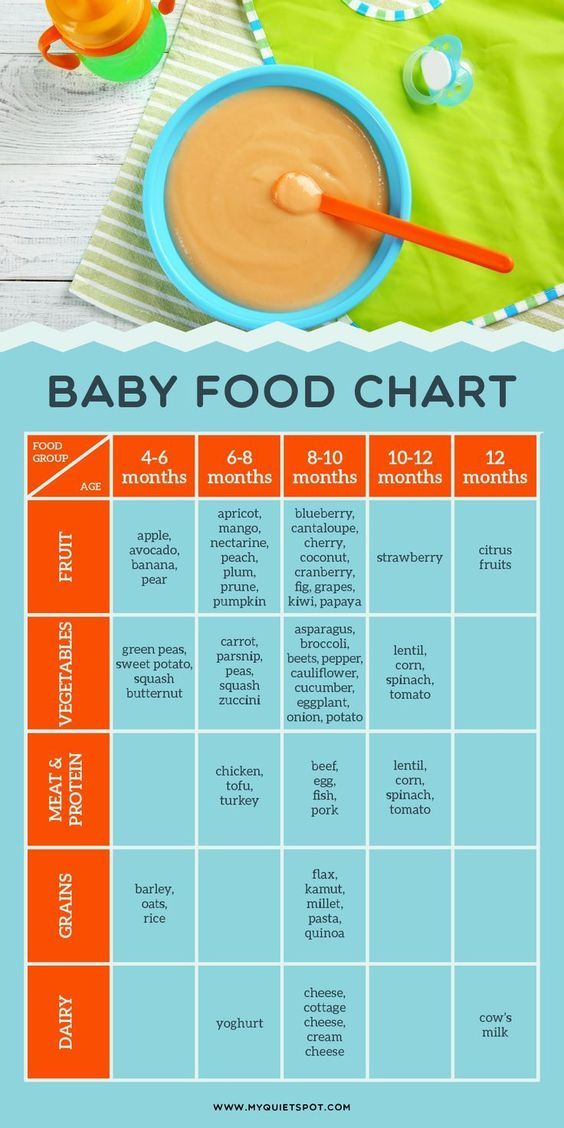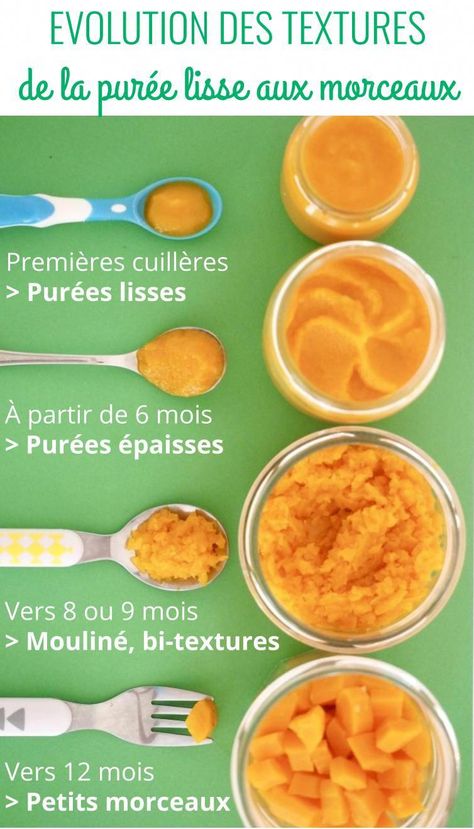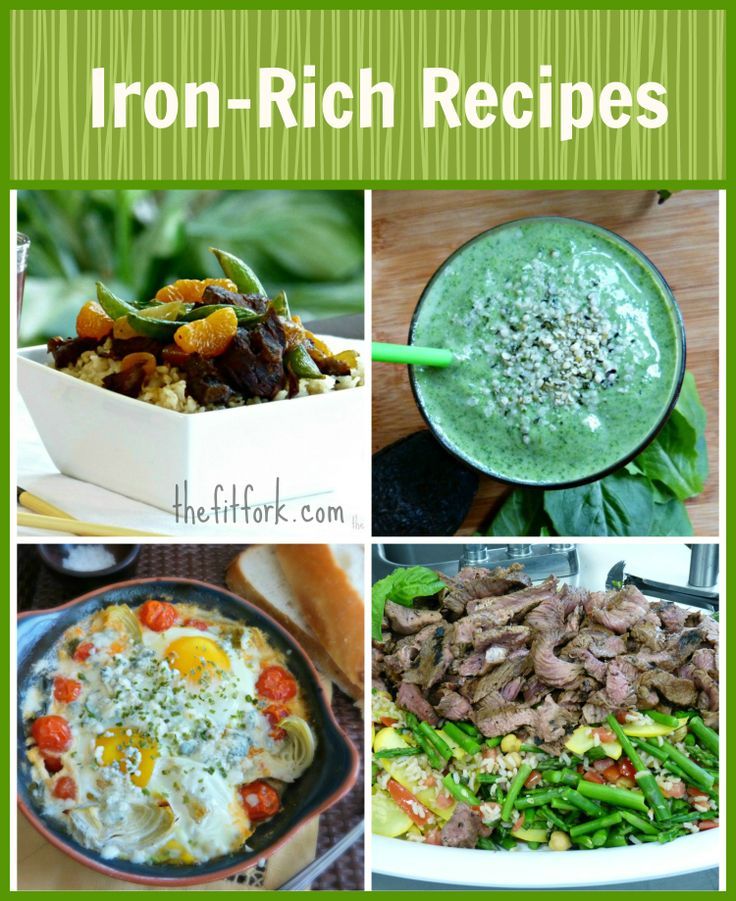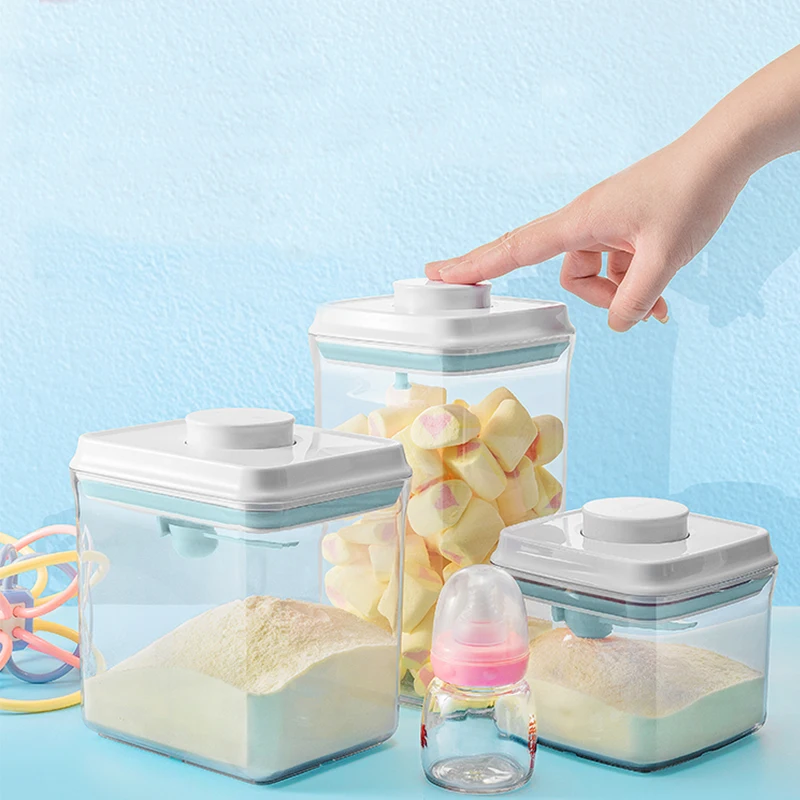Feeding tomatoes to babies
Benefits, Age, Cautions, Recipe, More
By the time your child reaches toddlerhood, no one will be surprised if some of their favorite foods include tomatoes. Pizza, spaghetti with marinara, and French fries with ketchup are all surefire kid pleasers. (No wonder they’re on every restaurant kids’ menu.)
With a lifetime of tomato-y meals ahead, when is the time “ripe” to give your little one their first taste of the juicy red fruits? Are tomatoes too acidic for babies? Too seedy? Too… something else that you haven’t even thought of yet?
Here’s everything you need to know about getting your baby started on the delicious, nutritious path toward tomato-based foods.
As a new parent, it’s always reassuring when a trusted authority can tell you how (and when and why) to do things just right for your baby. But when it comes to introducing your child to new foods, the instructions aren’t as specific as you might expect.
According to the American Academy of Pediatrics (AAP), children should begin eating solid foods around 6 months. And, believe it or not, according to the AAP, their first foods don’t actually have to be rice cereal and mashed banana. In fact, the decision of when to give baby various foods is largely up to you.
So is tomato on the table? You bet! “Babies can safely consume tomatoes as soon as they are ready for solids, which is generally around 6 months of age,” says pediatric dietitian Amy Chow, RDN.
Just keep in mind that first foods should be rich in iron and protein. Tomatoes are not a good source of either of these nutrients so it’s important that tomatoes be one of many foods that are introduced during weaning.
How you serve tomatoes depends on your baby’s age and their ability to properly chew foods. Tomato purées or mashes without skin are good for young babies just starting to eat solids.
Small, cut-up (and peeled) tomatoes also make an ideal choice for baby-led weaning if your baby is a bit older. This practice involves letting kiddos feed themselves — rather than be spoon-fed — to foster independence and self-determination with food.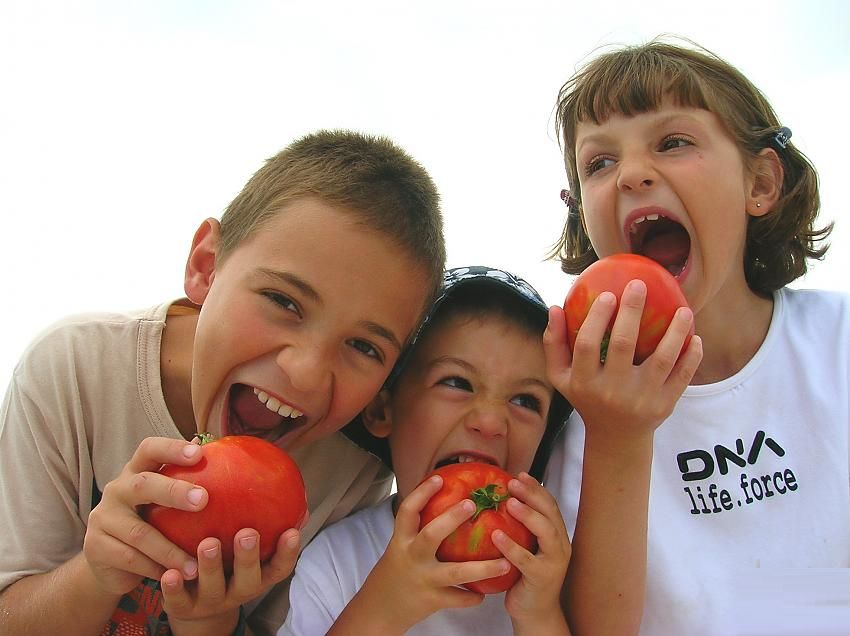
Pieces of colorful, ripe tomato on a high chair tray may be just the thing to entice your baby into chowing down of their own volition.
Homemade tomato sauce, soups, stews, and meat dishes are additional vehicles for allowing baby to try (and enjoy) tomatoes.
Sure, tomatoes may serve as the base for less-than-super-healthy foods like pizza and ketchup, but the fruits themselves are extremely nutritious. For babies, tomatoes provide a number of health benefits. They’re:
- High in vitamin C. Tomatoes are a great source of vitamin C. At 16.9 milligrams (mg), one medium fruit knocks out 34 percent of the daily vitamin C requirement for babies 7 to 12 months. “Vitamin C can help with iron absorption when consumed with a source of iron,” says Chow. Plus, this micronutrient boosts immunity and helps wound healing.
- High in provitamin A. Add provitamin A to tomatoes’ impressive micronutrient mix. (The body converts provitamin A carotenoids to vitamin A.
 ) A medium fresh tomato contains 51 micrograms (mcg), or about 10 percent of 7- to 12 month-olds’ daily needs. This nutrient promotes cellular communication and growth, vision development, and immune function.
) A medium fresh tomato contains 51 micrograms (mcg), or about 10 percent of 7- to 12 month-olds’ daily needs. This nutrient promotes cellular communication and growth, vision development, and immune function. - Packed with antioxidants. If you’ve ever read a ketchup label, you’ve probably heard of lycopene, tomatoes’ power-player antioxidant. Lycopene helps protect against the damage created by free radicals, reducing oxidative stress in the body.
- Helpful for hydration. You know tomatoes are juicy, but just how juicy? The average tomato contains 94 percent water. If baby is struggling with constipation or jaundice, extra fluids from tomatoes can help.
Seems like — with any food — there’s always something to watch out for. Fortunately, tomatoes aren’t likely to pose serious issues for your baby. First, they’re not one of the top eight food allergens, so an allergic reaction to tomatoes is rare (though not totally unheard of).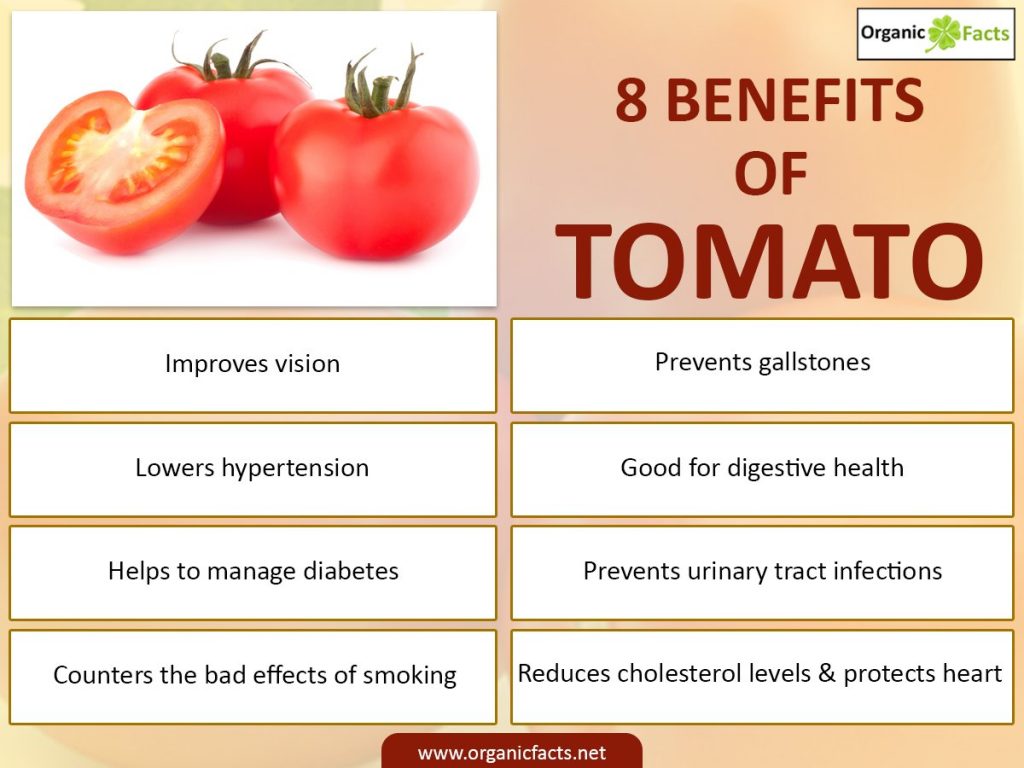
To monitor potential allergic reactions, it’s best to introduce only one new food to your baby every 3 to 5 days. If a rash, diarrhea, wheezing, or other adverse symptoms show up after a few bites of diced Roma, it’s time to chat with your pediatrician about the possibility of an allergy.
As for concerns about tomatoes being a choking hazard, you can take steps to ensure they go down easy.
“Tomatoes should be peeled unless offered in very small pieces,” Chow advises. Pieces should be no larger than a half inch. Oh, and good news about seeds: “The tomato seeds are very small and not a choking risk.”
Finally, what about tomatoes for babies with reflux or otherwise sensitive tummies? Are the red fruits so acidic that they’ll come right back up again? It depends. If your little one has reflux, keep a close eye on their reaction to Grandma’s marinara.
“Tomatoes can increase acid production in the stomach and worsen reflux; however, the need to avoid tomatoes and tomato products is individually based,” says Chow. “If it doesn’t bother your child, there’s no need to avoid them.”
“If it doesn’t bother your child, there’s no need to avoid them.”
Unlike other veggies such as carrots or peas, you probably won’t find jars of puréed tomatoes in the baby food aisle. (After all, most grown-ups don’t sit around lapping up tomato sauce straight from the jar, either.)
And while you may come across premade baby foods that contain tomatoes, such as meat or pasta blends, home-cooked meals can be even more nutritious and palatable for your child.
Here are a few simple recipes to introduce your baby to the plump and juicy world of tomato foods.
Basic tomato sauce
- Heat 2 tbsp. olive oil in a pot over medium heat.
- Add 1/2 cup diced onion and cook until softened, about 3–5 minutes.
- Add 2 cloves minced garlic and cook until fragrant.
- Pour in 28 oz. can whole tomatoes (with juice), mashing the tomatoes slightly.
- Stir in 1/2 tsp. dried basil or oregano.
- Simmer 20 minutes, stirring occasionally to break up tomatoes, then add salt and pepper to taste.

Store uneaten portion in an airtight container in the refrigerator.
Baby pizza
This one’s for your older baby, who’s well seasoned at chowing down on solids.
Once you’ve made a basic tomato sauce, you’re good to go for pizza night! Spoon tomato sauce onto pizza dough, flatbreads, or English muffins. Top with shredded mozzarella and bake at 400°F (204°C) about 10 minutes. Cool and cut into small bites.
Fresh tomato pasta
Prepare a small whole wheat pasta, such as shells, elbows, or orzo according to package directions. Add quartered cherry tomatoes and sprinkle with Parmesan.
This is a great meal for older babies who can chew their food safely.
Tomato omelet
- Heat 1 tsp. olive oil over medium heat in a nonstick pan.
- Add a handful of quartered cherry tomatoes and sauté until softened, about 2–3 minutes.
- Add 2 beaten eggs and cook, lifting the edges periodically to cook evenly.
- Sprinkle on cheese of your choice, then fold carefully.

- Let cool and cut into wedges or small pieces.
Once your child is ready for solid foods at around 6 months, you can go ahead offering tomatoes and tomato-based foods. (Just be sure to cook or peel the fruits when first starting out.) Pretty soon your little one is likely to join the ranks of tomato lovers worldwide.
Ultimate Guide to Tomatoes for Babies (with Recipes)
Jump to Recipe
Tomatoes are the perfect finger food for babies. Here's how to cook and serve to your baby along with plenty of recipes to help make introducing tomatoes easy and fun!
Jump to:- When can babies eat tomatoes?
- Health Benefits
- Are tomatoes safe for babies?
- Selecting the best tomatoes
- Cooking Methods
- How to cut tomatoes for babies
- Baby-Friendly Tomato Recipes
- Frequently Asked Questions
- How to Cook Tomatoes for Babies
When can babies eat tomatoes?
This nutritious fruit be offered to babies as soon as they’re ready to start solids, usually around 6 months.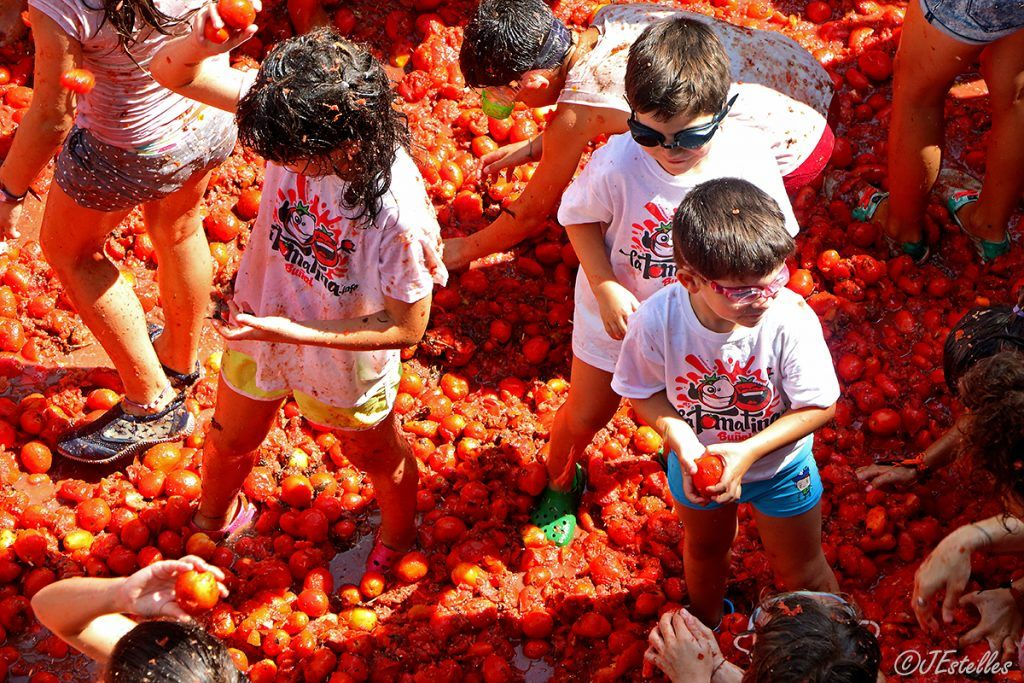 It’s important to remember that your baby is unique and that rather than going by the calendar, you need to make sure your baby is DEVELOPMENTALLY ready to start solids.
It’s important to remember that your baby is unique and that rather than going by the calendar, you need to make sure your baby is DEVELOPMENTALLY ready to start solids.
If you’re unsure, be sure to grab my FREE handout!
Health Benefits
Although prepared like a vegetable, tomato is actually a fruit that belongs to the nightshade family, along with eggplants, potatoes, and peppers.
The rich red color of tomatoes is due to a powerful antioxidant called lycopene, which has been linked to many health benefits including heart health, protection against cancers and sunburns.
The yellow and orange-hued tomatoes contain beta carotene (also found in carrots and sweet potatoes).
Both lycopene and beta carotene are carotenoids which, once consumed, get converted into vitamin A, a key nutrient for good vision, cell growth, and a healthy immune system.
Carotenoids must be consumed through the diet and are best absorbed when eaten with dietary fat.
Tomatoes are also great sources of vitamin C which, when paired with plant-based iron foods, can greatly enhance the absorption of iron.
Are tomatoes safe for babies?
Raw tomatoes, particularly cherry and grape tomatoes, are a potential choking hazard, so be sure to follow the serving suggestions listed below.
You may notice redness where the tomatoes came in contact with your baby's skin. This is not necessarily a sign of an allergic reaction. Rather it's most likely a mild skin irritation due to the tomato's high acid content.
Most definitely consult your doctor if the irritation is severe. But if it's mild and goes away once the skin is cleaned, then there's no need to restrict tomatoes from their diet.
If it bothers you, though, opt for orange and yellow tomatoes which tend to be less acidic.
Selecting the best tomatoes
Nothing beats locally grown tomatoes during their peak summer season. The less they travel and more time they spend ripening on the vine, the better!
There are thousands of types of tomatoes, but you're most likely to find beefsteak, roma, cherry, grape, and heirloom tomatoes.
No matter the variety, here are some things to look for:
- Choose ones that feel heavy for their size and aren't too hard or soft.
- Avoid those with bruises, blemishes, or wrinkled skin. The skin should be smooth, shiny, and uniform.
- Take a sniff! If it smells earthy and sweet around the stem end, grab as many as you can ;).
Cooking Methods
While you can serve raw tomatoes to your baby, if you are feeling nervous and want to cook until soft, then here are the top methods to try.
Note that cooking will increase lycopene while decreasing vitamin C content.
I recommend leaving the skin on for added nutritional value, but you can certainly peel it before serving if it makes you feel more comfortable.
Blanch
Boil a pot of water. Using a pairing knife, cut an "X" in the bottom of each tomato. Cut just enough to pierce through the skin, but not too deep into the flesh. Add to the boiling water and cook for 20-30 seconds. Remove and put in ice-water-filled bowl.
Remove and put in ice-water-filled bowl.
Steam
- Place water in a pot, add steamer basket, and bring to a boil. Cut an "X" in the bottom of each tomato and place in the basket cut side up.
- Cover and steam for 3-4 minutes.
You can transfer to a bowl with ice, but I normally don't do this. You should be able to easily peel the skin.
Roast
- Preheat oven to 450°F. Cut tomatoes in half lengthwise. Place in a bowl and toss with generous amount of oil and seasoning(s) of choice.
- Transfer to a lined baking sheet. Spread in single layer, flesh side up.
- Roast for 30-35 minutes.
How to cut tomatoes for babies
6+ months old
Cut raw or cooked tomato into large wedges. You can leave the skin on or off. Your baby will most likely spit out the skin but it's a great exposure to texture.
Serve as a puree, tomato sauce, or soup (see recipes below). Stir in lentils, oatmeal, or pasta.
Best First Foods for Babies
9+ months old
By 8-9 months of age, your baby should develop their pincer grasp and be able to pick up smaller pieces. In addition to all the suggestions above, you can start offering bite-sized pieces. But do continue offering larger pieces so they can practice taking bites.
Baby-Friendly Tomato Recipes
- Iron-rich Baby Pasta
- Sugar Free Pizza Sauce
- Pizza Casserole
- Healthy Sloppy Joes
- Veggie-loaded Bolognese
- Pizza Eggs
- Vitamix tomato soup
- Sweet Potato Quinoa Lasagna
Frequently Asked Questions
Are canned tomatoes or bottled sauces ok for babies?
They are such a convenient option and actually contain more lycopene than raw tomatoes. Just be sure to look for low sodium or no-salt-added options.
How do you cut grape or cherry tomatoes for babies?
Be sure to cut the tomatoes into quarters lengthwise. Horizontally halved tomatoes can pose the same choking risk as whole grape/cherry tomatoes.
Horizontally halved tomatoes can pose the same choking risk as whole grape/cherry tomatoes.
Can babies eat tomato skin?
There is no need to peel the skin (unless it makes you feel more comfortable). It will make the tomato less slippery so your baby can easily grab and bring to their mouth. Most likely they will spit out the skin.
If you want to learn how to prepare other specific food(s), check out my How To Series!
How to Cook Tomatoes for Babies
Tomatoes are the perfect finger food for babies. Here's how to cook and serve to your baby along with plenty of recipes.
5 from 1 vote
Print PinPrep Time: 5 minutes
Cook Time: 5 minutes
Total Time: 10 minutes
Servings: 2
Author: Min | MJ and Hungryman
- ▢
Steamer
- ▢
Sheet Pan
- ▢ 1 pound Beefsteak or Roma tomatoes
- ▢ Olive or Avocado oil (if roasting)
Blanch
Boil a pot of water.
 Using a pairing knife, cut an "X" in the bottom of each tomato. Cut just enough to pierce through the skin, but not too deep into the flesh. Add to the boiling water and cook for 20-30 seconds. Remove and put in ice-water-filled bowl.
Using a pairing knife, cut an "X" in the bottom of each tomato. Cut just enough to pierce through the skin, but not too deep into the flesh. Add to the boiling water and cook for 20-30 seconds. Remove and put in ice-water-filled bowl.
Steam
Place water in a pot, add steamer basket, and bring to a boil. Cut an "X" in the bottom of each tomato and place in the basket cut side up. Cover and steam for 3-4 minutes.
Roast
Preheat oven to 450°F. Cut tomatoes in half lengthwise. Place in a bowl and toss with generous amount of oil and seasoning(s) of choice.Transfer to a lined baking sheet. Spread in single layer, flesh side up. Roast for 30-35 minutes.
To store: transfer to an airtight container and keep in the fridge for 3-5 days.
Calories: 41kcal | Carbohydrates: 9g | Protein: 2g
Course Baby Food
Cuisine American
Tried this Recipe? Tag me Today!Tag me @KidFriendly. Meals today!
Meals today!
At what age can a child be given tomatoes?
Many parents want to quickly introduce a healthy tomato into their children's diet. What you need to know about tomatoes before offering them to young children? What danger can they pose in themselves? At what age should a child first get acquainted with a juicy tomato?
Contents
Vegetables are essential in a child's diet - they replenish the child's body with vitamins, minerals and trace elements that are necessary for his growth and development. One of the favorite vegetables for most children who have already learned to chew is tomatoes due to their pleasant sweet and sour taste and an abundance of juice inside.
However, the bright color of this vegetable may cause doubts in parents - red fruits are considered allergenic. In this regard, the question arises - when can a tomato be introduced into the baby's diet, what effect can this appetizing and healthy vegetable have on the child's body?
Why are tomatoes useful?
Tomatoes can be called a real storehouse of vitamins.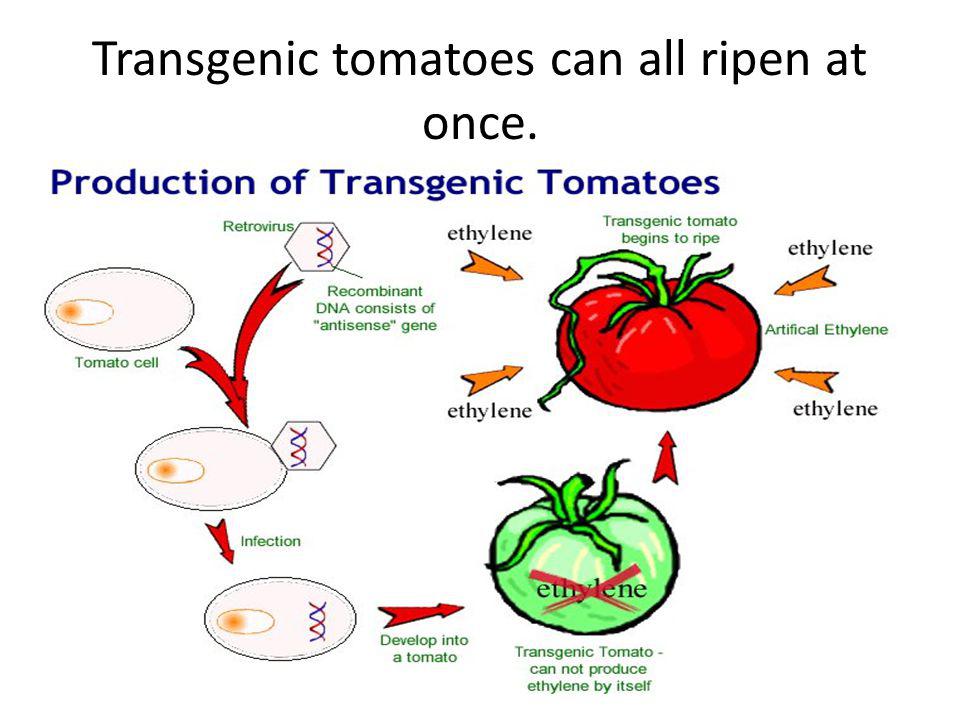 Let's take a closer look at exactly what substances are contained in the composition of these vegetables, and how they affect health.
Let's take a closer look at exactly what substances are contained in the composition of these vegetables, and how they affect health.
The chemical composition of tomatoes contains many vitamins:
- Potassium - improves heart function. It also has a hypotensive and diuretic effect;
- Iodine - stimulates the activity of the thyroid gland;
- Iron - participates in blood oxygen saturation;
- Calcium - strengthens bones;
- Copper and zinc are important elements necessary for the development and growth of cells and tissues;
- Magnesium - have a calming effect on the nervous system.
In addition to the listed chemical elements, tomatoes are rich in other substances that have a beneficial effect on the functioning of various body systems:
- Lycopene is a substance that can prevent the development of cancer;
- Pectin, fintocides are real helpers of the digestive and excretory systems.
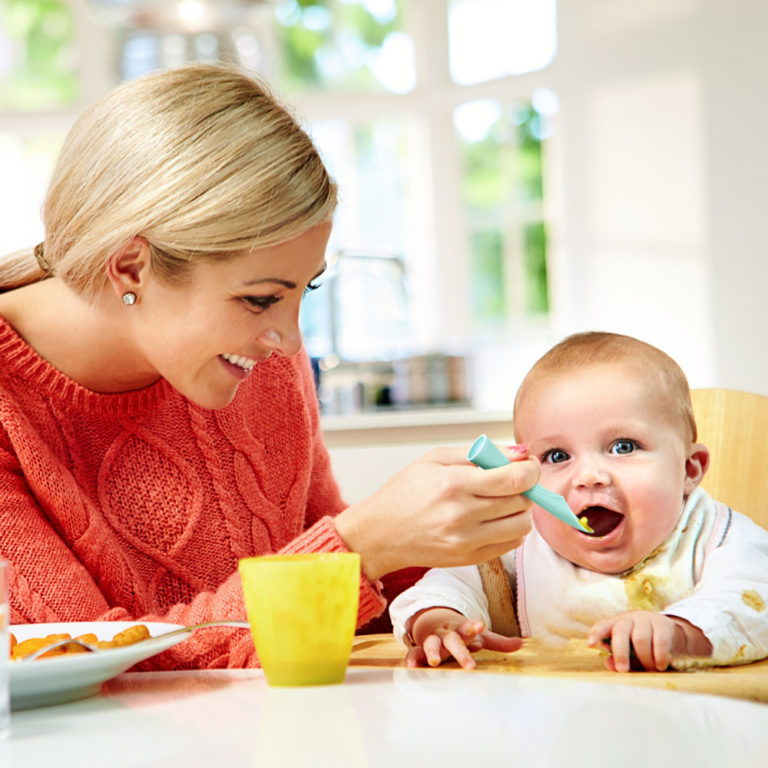 They contain choline, which lowers blood cholesterol levels;
They contain choline, which lowers blood cholesterol levels; - Tomato contains a lot of vitamin A and carotene, therefore it is useful for growth and vision;
- Antioxidants - remove heavy metal salts and free radicals from the body.
Tomatoes help relieve stress and improve mood, they have a calming effect on the nervous system. They stimulate appetite, speed up metabolic processes.
In this episode of the TV program “Life is great!” with Elena Malysheva you will learn about the beneficial properties of a tomato:
If this vegetable is so tasty and healthy, then the question arises - is it possible to give it to small children? What factors can become an obstacle to the introduction of tomatoes into the diet of a baby?
- Tomato is considered a highly allergenic food.

- If you have problems with digestion and kidneys, this vegetable is contraindicated.
- Artificially grown tomatoes can be hazardous to health - they contain a lot of pesticides that cause severe poisoning.
- The use of tomatoes in large quantities is not recommended - this will adversely affect the gastrointestinal tract.
At what age should a child be introduced to a tomato?
Since tomato can cause allergies in babies, it is not recommended to give this vegetable fresh until 12 months of age. If it is known for sure that the child is allergic, then it is better not to rush, but to consult a pediatrician about introducing red fruits into the menu. Tomatoes that have undergone heat treatment (boiled or stewed, as part of vegetable soups and mashed potatoes) are safer, so they can be offered to a baby from 9 months.
During heat treatment, some of their useful properties are lost and they are used mainly to improve the taste of the dish.
In ready-made vegetable purees, which are sold in stores, tomatoes also appear in products recommended for children from 8-9months.
TIP . The first acquaintance of the crumbs with a tasty vegetable can be made by treating him with tomato juice or tomato puree.
Forums:
Kima: I gave my son a tomato at 8 months old, he liked it very much, I cut it into halves and gave him a bite from the edge, I made sure that he bit off a little and chewed. I didn’t take off the peel on purpose, only if she herself lagged behind, I removed it. We have a tomato for lunch with vegetable puree: a spoonful of puree, a bitten tomato, a piece of bread. Sometimes he just panders for a tomato, it is juicy, now he really likes it in the heat.
Tanya: When I turned 10, I gave tomatoes and cucumbers a try. She liked it. Unfortunately, we don’t have our own, we give purchased ones, everything is fine. They gave us tomatoes from the village and for some reason we became allergic to them.
I peel the skin and give her a slice and my daughter eats it. We already have 8 teeth, so I don’t wrinkle.
The safest choice for first foods is jars of baby food from a reputable brand. Even if you are confident in the quality of the product, the first serving is still no more than half a teaspoon . The next tomato feeding should be done in a day, not earlier. If there are no signs of allergy, then the next day the portion can be doubled.
One-year-old children can be offered a fresh vegetable, previously peeled. To remove it, it is enough to pour over the tomato with boiling water. It is better for kids to chop the tomato, bringing it to a puree state. If the child already chews well on his own, then it makes sense to add chopped tomato to the salad. Vegetable oil is ideal as a salad dressing for children, it will help lycopene to be better absorbed in the body.
IMPORTANT! If the child has problems with digestion, the use of tomato should be limited, and it is also not recommended to give cucumber with tomato in one meal.

Starting from the age of three, when the children's menu becomes diverse, you can cook meat baked with tomatoes and cheese in the oven, make vegetable casseroles with sour cream and herbs.
Pediatrically recommended fresh tomatoes
- Allowed to give to children older than one year but the child must be able to chew well before you give him a piece of tomato, otherwise he may choke on a piece of tomato.
- Small children can get fresh tomatoes only in the summer-autumn season.
- Up to 2 years, it is better to give the child tomatoes without skin, after scalding the tomato with boiling water.
- It is better to give children tomatoes without salt or with only a little salt. (Due to the high salt content, children under 3 years of age are not recommended tomato juice).
- For better absorption of carotenoids and fat-soluble vitamins, it is recommended to eat tomatoes with sour cream, vegetable oil or cheese.

- It is not recommended to eat a large number of tomatoes at once for children under 3 years old due to the high risk of allergic and pseudo-allergic reactions, it is better to limit yourself to one small tomato (50 g) per day.
- It is good to combine tomatoes with other less allergenic vegetables (cucumber, boiled potatoes) and also with meat.
- Sauces and ketchups with tomatoes, as well as salted and pickled tomatoes, are allowed to be given to children not earlier than 3 years old, but it is better not to give them at all.
Are canned tomatoes contraindicated for children?
Preparations for the winter, including salted and pickled tomatoes, will not bring any benefit to small children. What ingredients are added to jars during preservation? - It's a lot of salt, vinegar, hot peppers. It is known that salt prevents the removal of fluid from the body, and this puts a great burden on children's kidneys and leads to edema.
Acetic acid can cause stomach problems, as can hot spices.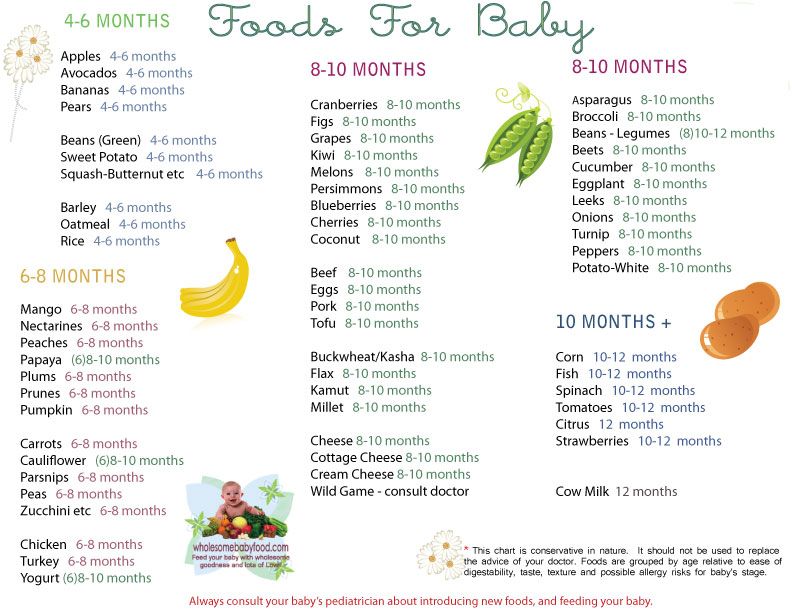 Given these factors, children under the age of three should not be offered canned tomatoes. From the age of four, such products are given in small quantities.
Given these factors, children under the age of three should not be offered canned tomatoes. From the age of four, such products are given in small quantities.
Which tomatoes are suitable for baby food?
Which tomatoes are suitable for baby food? Choose only soil-grown vegetables. Greenhouse tomatoes are dangerous - many chemicals are used to grow them.
When choosing tomatoes in the market or in the store, inspect them carefully. Vegetables should not have a putrid smell, they should not have dark spots and violations of the integrity of the peel.
Several recipes
Puree with tomato and cauliflower (suitable for children from 3 years old)
Ingredients: Cauliflower - 150 g; Butter - 20 g; Tomatoes -300 g; Hard cheese - 30.
Break the cabbage into florets, wash and boil until tender in salted water. Then melt the butter in a saucepan, add the finely chopped and peeled tomatoes. Simmer, stirring, until the dish resembles gruel.
Add the grated cheese to the hot tomato puree and mix. Mix the cauliflower with the cheese-tomato mass and puree in a blender. This dish can be frozen.
Borsch. It can be prepared for children from 2 years old
Ingredients: Potatoes - 2 pcs.; ¼ quiver of cabbage; 1/3 onion; tomatoes - 1-2 pcs.; Carrot - 1 pc.; Beets - 1 pc.; Salt, sugar to taste.
First you need to wash and peel the beets and carrots, cut them into strips and leave them to boil in boiling, salted water for about 15 minutes. Then add chopped cabbage and diced potatoes and cook for another 20 minutes. At the same time, fry the onion in a preheated pan, then add chopped tomatoes to it. Simmer borscht for 7 minutes under the lid. Then add onions and tomatoes to it, salt, add sugar to taste and cook until cooked over low heat. Your child will love this dish!
Polina and Yulia are preparing a salad of tomatoes and cucumbers with soy sauce. Quick and easy recipe, you will lick your fingers:
Quick and easy recipe, you will lick your fingers:
Allergy to tomato - what to do?
If, after the first acquaintance of the baby with a delicious vegetable, you notice allergy symptoms - rash, itching and red spots on the body, sneezing or coughing, then tomatoes should be removed from his diet.
When the allergy becomes pronounced - edema appears, you need to urgently consult a doctor to prescribe treatment. In this case, re-attempts to introduce tomatoes into the diet are made no earlier than six months later.
Read also: Vegetable purees for the first feeding (3 recipes)
How to keep tomatoes fresh
Do you want to be the first to read our materials? Subscribe to our telegram channel or VKontakte group.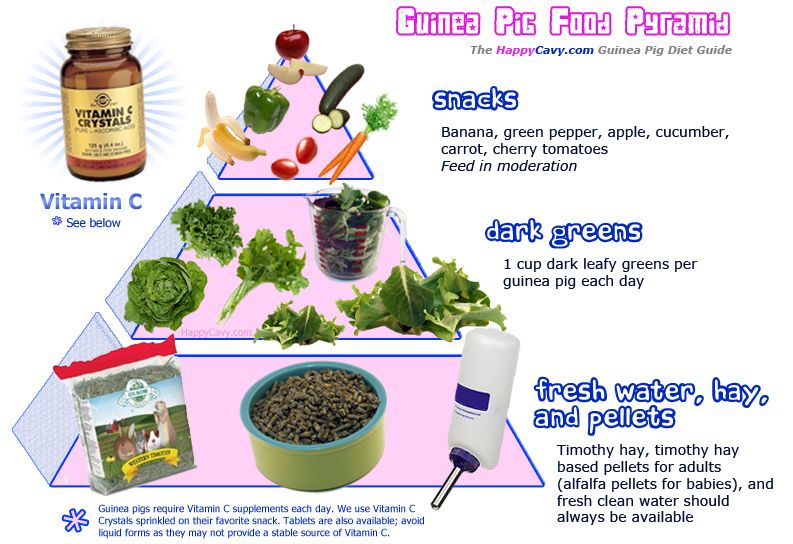
We are in Zen - join us!
Our Blog in - Pulse Mail.ru
Can children have tomatoes: what, from what age
Contents
Many parents are afraid to give tomatoes to children at an early age - this fruit is considered allergenic. However, problems with rashes, diathesis and other manifestations can be avoided if care is taken. Juicy pulp contains many useful substances necessary for full development.
Effect of tomatoes on the body
Like all nightshade plants, tomatoes have a rich biochemical composition. They contain a lot of magnesium, phosphorus, calcium, iron, zinc, B vitamins, E, ascorbic and nicotinic acids, carotene.
The pulp contains a valuable antioxidant - lycopene. This substance supports the work of the heart, blood vessels, provides visual acuity.
Regular consumption of tomatoes has a beneficial effect on the state of immunity, blood composition, endocrine and nervous systems. The product prevents the development of malignant cells, prevents the occurrence of convulsions and muscle spasms, regulates night sleep, improves mood, and restores physical strength. Organic acids, carbohydrates and fiber stimulate digestion and relieve constipation.
The product prevents the development of malignant cells, prevents the occurrence of convulsions and muscle spasms, regulates night sleep, improves mood, and restores physical strength. Organic acids, carbohydrates and fiber stimulate digestion and relieve constipation.
Whether children can eat tomatoes also depends on their state of health. They are useful for low hemoglobin levels, frequent colds, poor kidney function, cystitis, manifestations of hypovitaminosis, after suffering from infectious diseases.
There are few reasons why children should not eat this fruit. It can cause harm with a tendency to food allergies, kidney failure, gallbladder pathologies and inflammatory diseases of the gastrointestinal tract.
When and how to include complementary foods
Taking into account the high allergy, doctors recommend giving tomatoes to a child no earlier than 10 months of age.
This is if the baby does not have hypersensitivity to any products. By this period, the baby should be familiar with the taste of other vegetables and fruits: zucchini, white cabbage, apples, bananas.
By this period, the baby should be familiar with the taste of other vegetables and fruits: zucchini, white cabbage, apples, bananas.
In case of digestive disorders, frequent skin rashes or stool disorders, the period when the child can eat tomatoes is later: 1.5–2 years.
Weaning foods should not be started with raw tomatoes. For the first time, babies are given them boiled, in the form of a homogeneous puree or juice, without skin and seeds. For dating, 1 tsp is enough. If you are afraid of high sensitivity, you can choose not a red, but a yellow or orange variety. They have fewer bright allergenic pigments.
If there is no negative reaction within a few days, you can gradually increase the volume by 2-3 times. You can eat puree 1-2 times a week. You don't need to add sugar or salt to it.
A single serving of tomatoes at 1 year old should not exceed 3-4 tsp. Otherwise, the so-called pseudo-allergy may appear: the cheeks turn red. With a decrease in the amount of the product, this sign disappears after 1–2 days.
With a decrease in the amount of the product, this sign disappears after 1–2 days.
Raw tomatoes are allowed for children over 1 year old. For better assimilation, it is advisable to scald them with boiling water and remove the skin.
More tender flesh in small-fruited varieties such as cherry. It is useful to combine with green or starchy vegetables: cabbage, zucchini.
- From the age of 2, it is recommended to regularly prepare salads with fresh tomatoes for a child, and add mashed potatoes to side dishes.
- From the age of 3, any dishes with tomatoes are allowed: stews, casseroles, sauces. We can not just forget about the norm: up to 150 g of ripe fresh fruits 3-4 times a week.
You should not insist on feeding raw tomatoes to children if they only want to eat stew or drink tomato juice. Heat treatment leads to the loss of some vitamins, but helps the absorption of other elements, especially lycopene.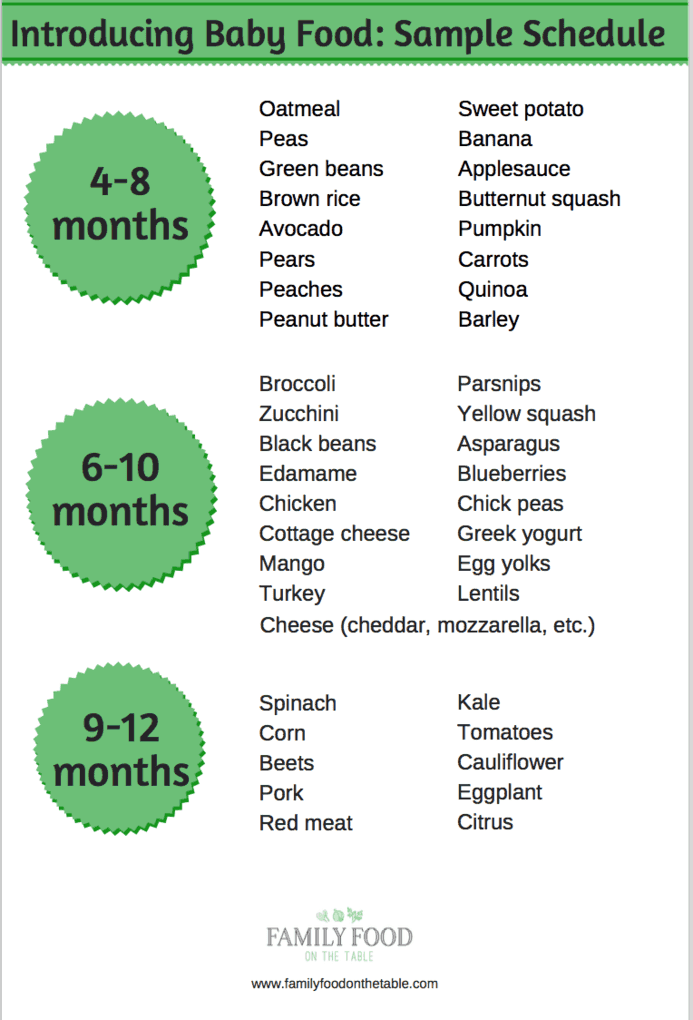
Pickled or salted fruits are allowed for babies up to 5 years old. Canned food contains a lot of vinegar, salt and hot spices that are not suitable for baby food.
Which tomatoes to choose
At first glance, this is a simple question. There are plenty of them in shops and markets. But not all of them are safe.
Despite their year-round presence on the shelves, tomatoes are a seasonal product. Only those that grew up in their native area without agrotechnical tricks are useful. Our tomato season lasts from late July to September-October. It is at this time that it is recommended to buy them for children. Winter imported fruits are suitable only for festive cuts. There are no vitamins in them, but nitrates and pesticides are enough.
Differences of quality ground tomatoes:
- elastic elastic surface without dents;
- thin shiny skin without folds and wrinkles.
